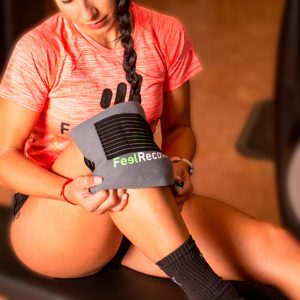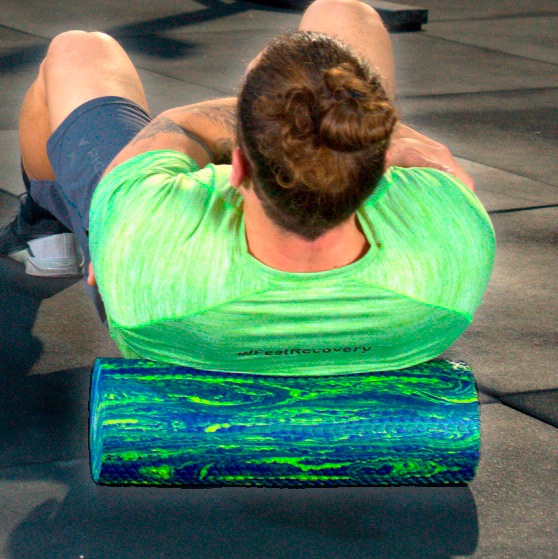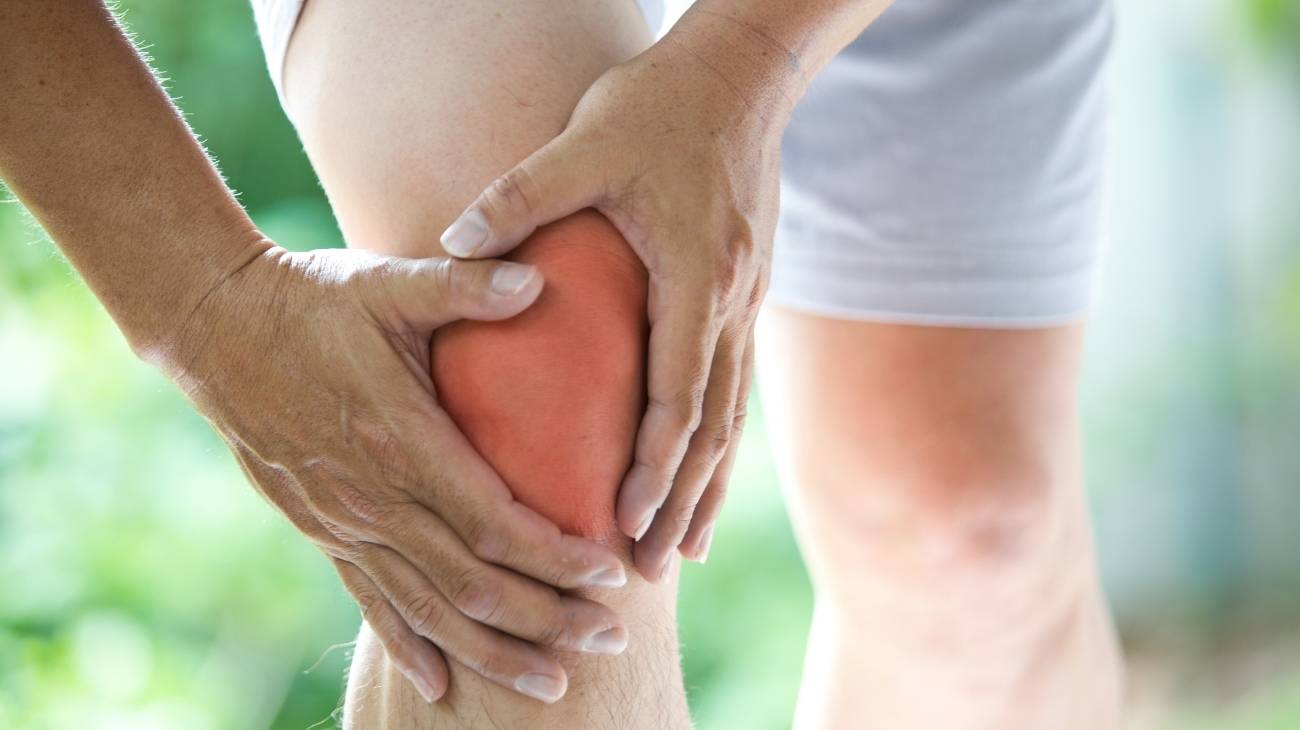Elbow sprains are common injuries resulting from overextension, repetitive strain, or direct trauma to the elbow joint. These injuries can range from mild ligament stretches to severe tears, causing symptoms like swelling, pain, and difficulty in arm movement. Addressing an elbow sprain promptly with the right recovery tools can significantly speed up the healing process and prevent long-term issues.
Compression sleeves are essential in managing elbow sprains. They provide consistent pressure around the joint, which helps to reduce swelling and support the ligaments as they heal. The added stability allows you to move more confidently while minimizing strain on the injured area. These sleeves also enhance blood circulation, delivering nutrients and oxygen vital for tissue repair.
Cold therapy wraps are highly effective during the initial stages of an elbow sprain. Applying a cold compress within the first 48 hours of the injury helps reduce inflammation and numb acute pain. Regular use of cold therapy can significantly minimize swelling, making it easier to perform daily activities without discomfort.
Heat therapy plays a crucial role as the recovery progresses. Heat wraps relax the surrounding muscles, improve flexibility, and enhance blood flow to the injured area. This dual action of reducing stiffness and increasing circulation makes heat therapy an excellent complement to other treatment methods.
Strengthening exercises are critical for a full recovery and preventing future injuries. Resistance bands are an excellent tool for performing controlled movements that target the muscles and ligaments surrounding the elbow. Exercises such as band-assisted flexion and extension can rebuild strength and improve joint stability over time.
Incorporating massage therapy into your recovery routine can also provide significant benefits. Gentle massage of the affected area improves circulation, reduces muscle tension, and aids in the removal of waste products like lactic acid from the tissues. Combining massage therapy with heat treatment can enhance its effectiveness, creating a soothing and healing experience.
For individuals experiencing persistent discomfort, electrotherapy devices like TENS units offer an effective, drug-free solution. These devices use electrical impulses to block pain signals and stimulate endorphin production, providing immediate and sustained relief.
Preventing future elbow sprains requires a proactive approach. Using a compression sleeve during physical activities provides ongoing support and reduces the risk of overextension. Regularly incorporating resistance band exercises into your fitness routine can strengthen the muscles around the joint, enhancing its resilience to strain.
By utilizing high-quality recovery products such as compression sleeves, cold and heat therapy wraps, and resistance bands, you can actively support your elbow's recovery. These tools not only alleviate pain and swelling but also empower you to regain strength and confidence in your arm's mobility.
FAQ: Frequently Asked Questions
What are the benefits of using compression sleeves for elbow sprains?
Compression sleeves provide consistent support, reduce swelling, and enhance blood circulation, promoting faster recovery and protecting the injured ligament.
How can resistance bands aid in elbow sprain recovery?
Resistance bands allow for controlled exercises that gradually strengthen the muscles around the elbow, improving stability and preventing future injuries.
Is heat therapy suitable for an elbow sprain?
Yes, heat therapy is beneficial after the initial swelling subsides. It relaxes muscles, reduces stiffness, and enhances blood flow to the injured area, promoting healing.
When should I use cold therapy for an elbow sprain?
Cold therapy is most effective within the first 48 hours of the injury. It helps reduce inflammation and numb pain, providing immediate relief.
How do TENS units relieve elbow pain?
TENS units use electrical impulses to block pain signals and stimulate the production of endorphins, offering a drug-free solution for pain management.






























